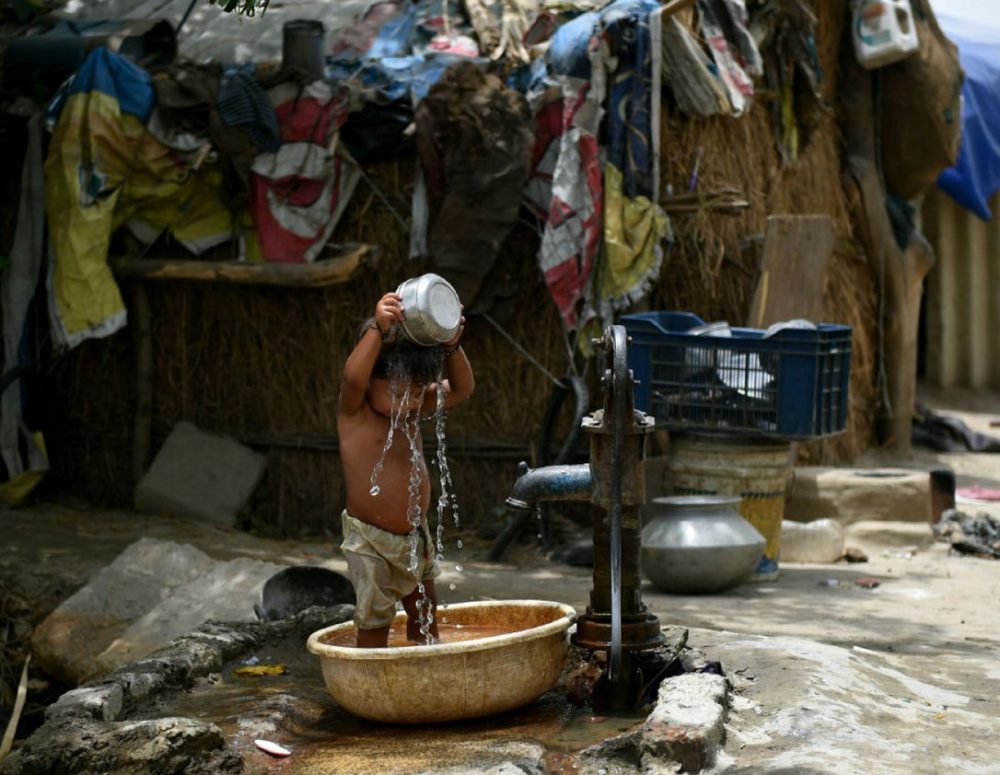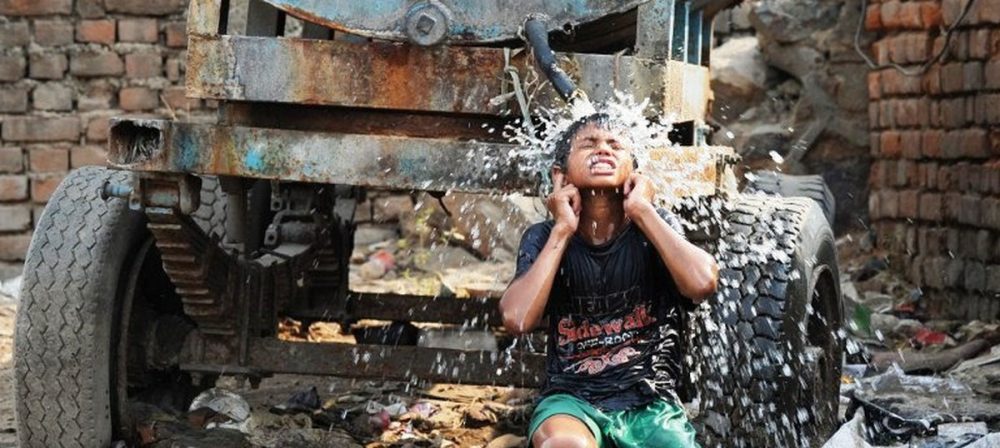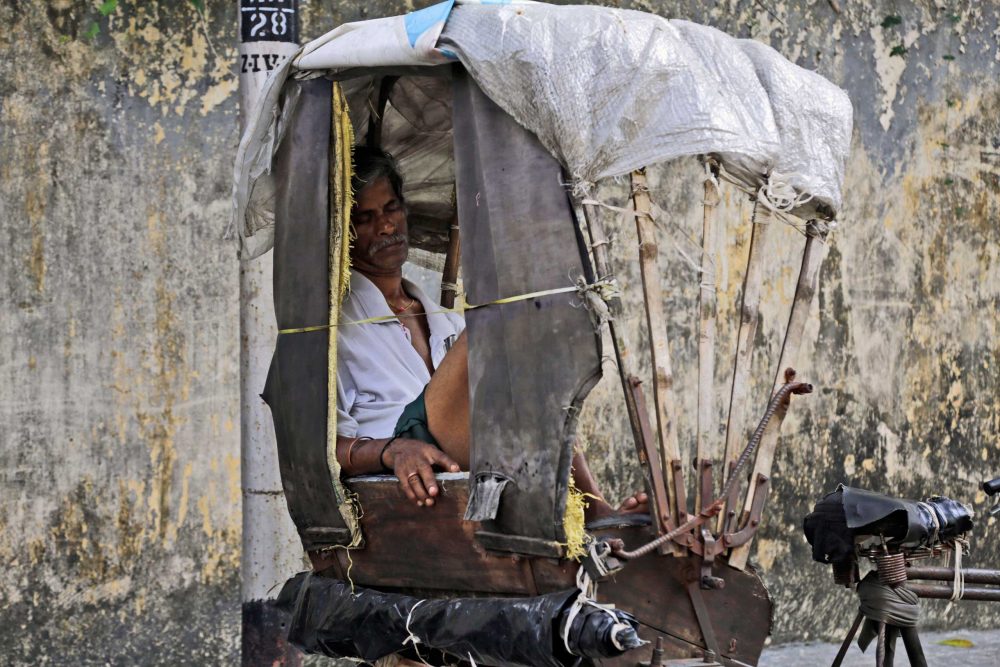The New Normal: South Asia to Experience Routine Heatwaves Post 2040
South Asian countries have been experiencing heatwaves for many years now, mostly due to rapid climate change. Considering the present rate of climate change, South Asia is expected to experience routine heatwaves from 2040 – it is predicted to hit 1.5 degrees Celsius increase in temperature within the next two decades. Earth’s global temperature in 2020 was the hottest year ever recorded as per NASA.
Published in Geophysical Research Letters, a recent study stated that deadly heatwaves will be the new normal in South Asia – home to a quarter of the world’s population, by 2040. This study aligns with the dramatic increase in temperatures this year in India. Mumbai experienced the third-highest March temperature on March 27. After few days, the northern territory of Delhi recorded the hottest March day observed in 76 years.

The recent study falls in line with the recent temperature increase in India | Image: AFP
South Asians are vulnerable to deadly heatwaves because the area has humid summers with hot temperatures. Most of the population live in densely populated cities with no air conditioning, exposing them to dreadful heatwaves.
In the new study, researchers used climate simulations and future projections of the population growth to calculate the population exposed to dangerous levels of heat stress in South Asia, which a region of deep poverty.
The study projected the residents of South Asia will experience wet bulb temperature, which is similar to the heat index as it takes humidity and temperature into account. A wet-bulb temperature of 32 degree-Celsius is the temperature at which the labour is unsafe. 35-degree Celcius is considered to be a physiological limit to human tolerance to heat, beyond which the body loses the ability to cool down.

South Asia will be experiencing routine heatwaves from 2040 | Image: Scroll
A 2 degree Celsius increase in the temperature can triple the heat exposure for South Asians, exposing the population to unsafe labour temperatures. However, even a 1.5-degree increase in Celsius can result in deadly heatwaves across the Indian sub-continent. The increase in heat will eventually create unsafe labour conditions in major crop-producing regions such as Uttar Pradesh, West Bengal, Karachi, Punjab, Sindh, Hyderabad and Peshawar.
A similar study was previously conducted in 2017, which predicted that routine heatwaves will occur in South Asia by the end of the 21st century. But recently, researchers suspect that the study is too conservative as the lethal heatwaves have hit South Asia in the past. In 2015, India and Pakistan experienced the fifth deadliest heatwaves ever recorded, which caused 3,500 deaths in these nations.

Hundreds of people have died in southern India as soaring summer temperatures scorch the country in 2015 | Image: Time
According to environmental organisation Germanwatch, India holds seventh place in the list of countries most affected by climate change. Earth Sciences Ministry of India noted an increase of 0.7% degrees Celcius between 1901 to 2018 because of carbon emissions. Surprisingly, 50% of the greenhouse emissions are from agricultural practices in India. Then there are emissions from vehicles and industries, which ultimately exacerbate the situation.
The governments of South Asian countries must acknowledge this problem and declare a climate emergency. It should be mandatory for every government department to hire ecologists, with the role to reimagine sustainable ways of functioning. Everyone needs to adapt to new ways of business that are sustainable and not contribute to global warming.
The recent study also highlights that heatwaves can expose unsafe labour conditions in the agricultural sector of the country. The only way to start a change is through sustainable policies, making changes in agricultural practices, transportation and regulations over industrial emissions. The need for adaption in South Asia is today, not tomorrow!


